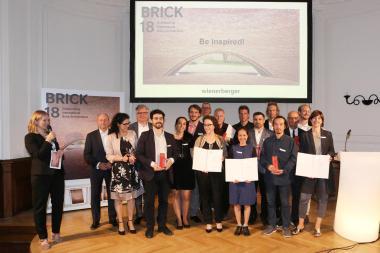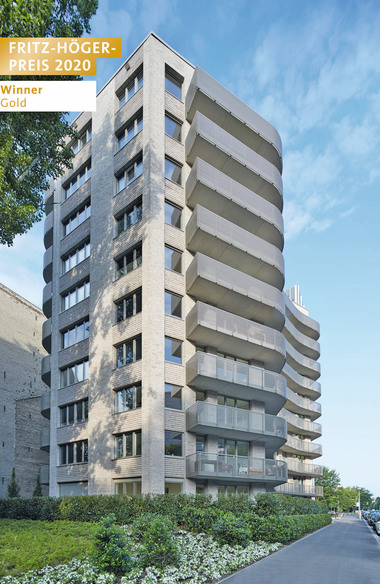The beautiful art of building with bricks – the empathetic relationship of the architects with clay bricks
What importance does clay brick masonry have in architecture? This paper is devoted to this question and provides an overview of the use of clay masonry bricks over the last centuries. Despite the steady development of ever higher performing modern building materials, clay brick masonry remains a building method valued highly by architects for design reasons.
1 Introduction
Man has been building houses with brick walls for thousands of years. Of course, not just with bricks and not always in the same intensity. But if you ask what importance brick masonry has for architects today and how architects use it, then you start off with the astonishing observation that many architects can manage completely without clay brick masonry in their work. They construct concrete structures, covering these with glass and metal. Some architects design structures just using timber. Today masonry is regarded as a building material for “special occasions”. Of the two masonry building materials stone and brick, only brick continues to play a part in present-day architecture. Stone is only used in exceptional cases, primarily, of course, for building in a historical context, so only clay masonry can really be described as contemporary.
2 Building with bricks
For today’s architects, building with bricks basically has three aspects:
› the design aspect concerning the clay brick as a design module, its load-bearing behaviour when bonded and its load-bearing strength
› the building physics aspect with weather protection, vapour diffusion properties and high-/low-temperature behaviour as well as
› the aesthetic aspect concerning structure, decoration, colour, texture, appearance and semantics
The culture of clay brick masonry developed particularly in....






